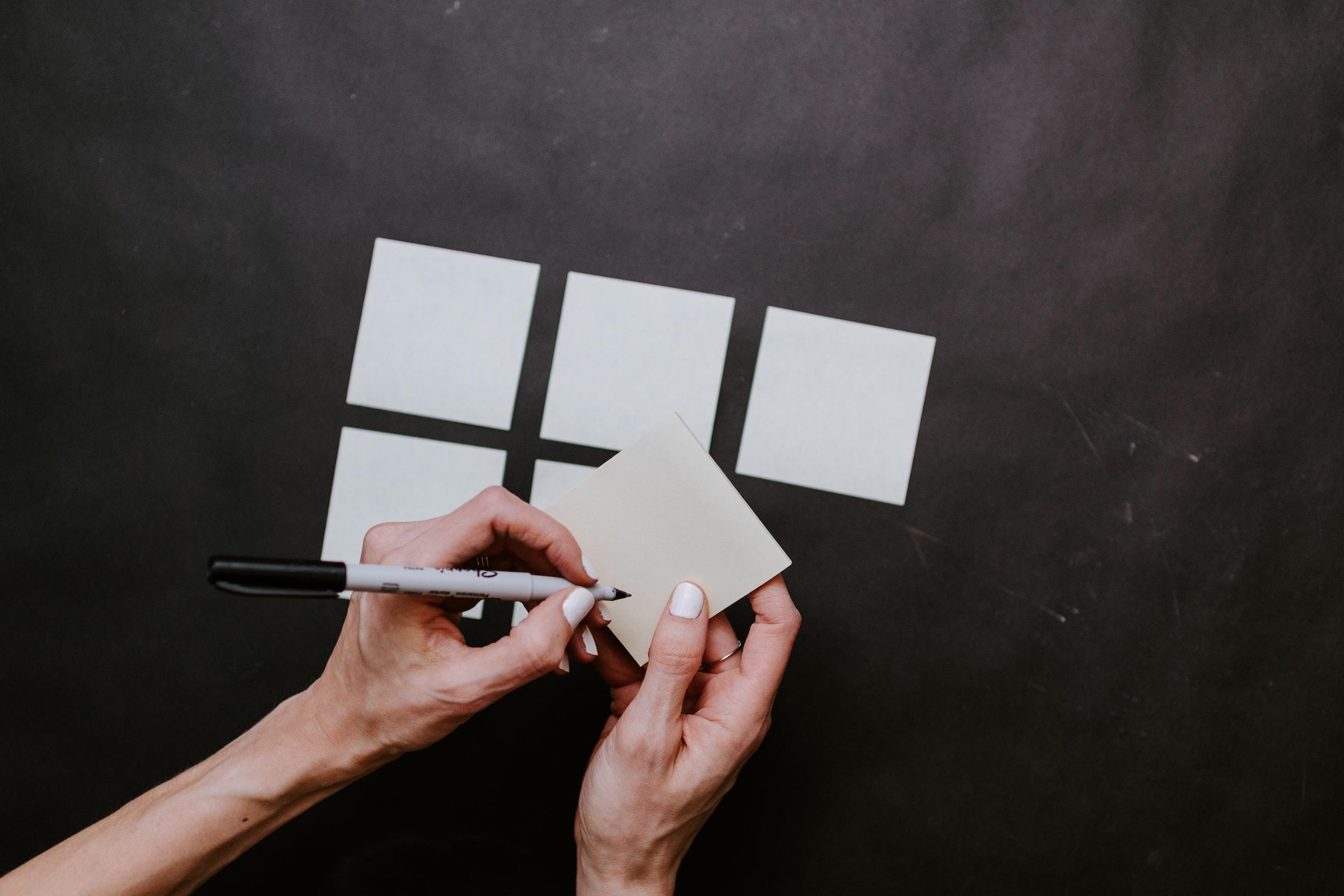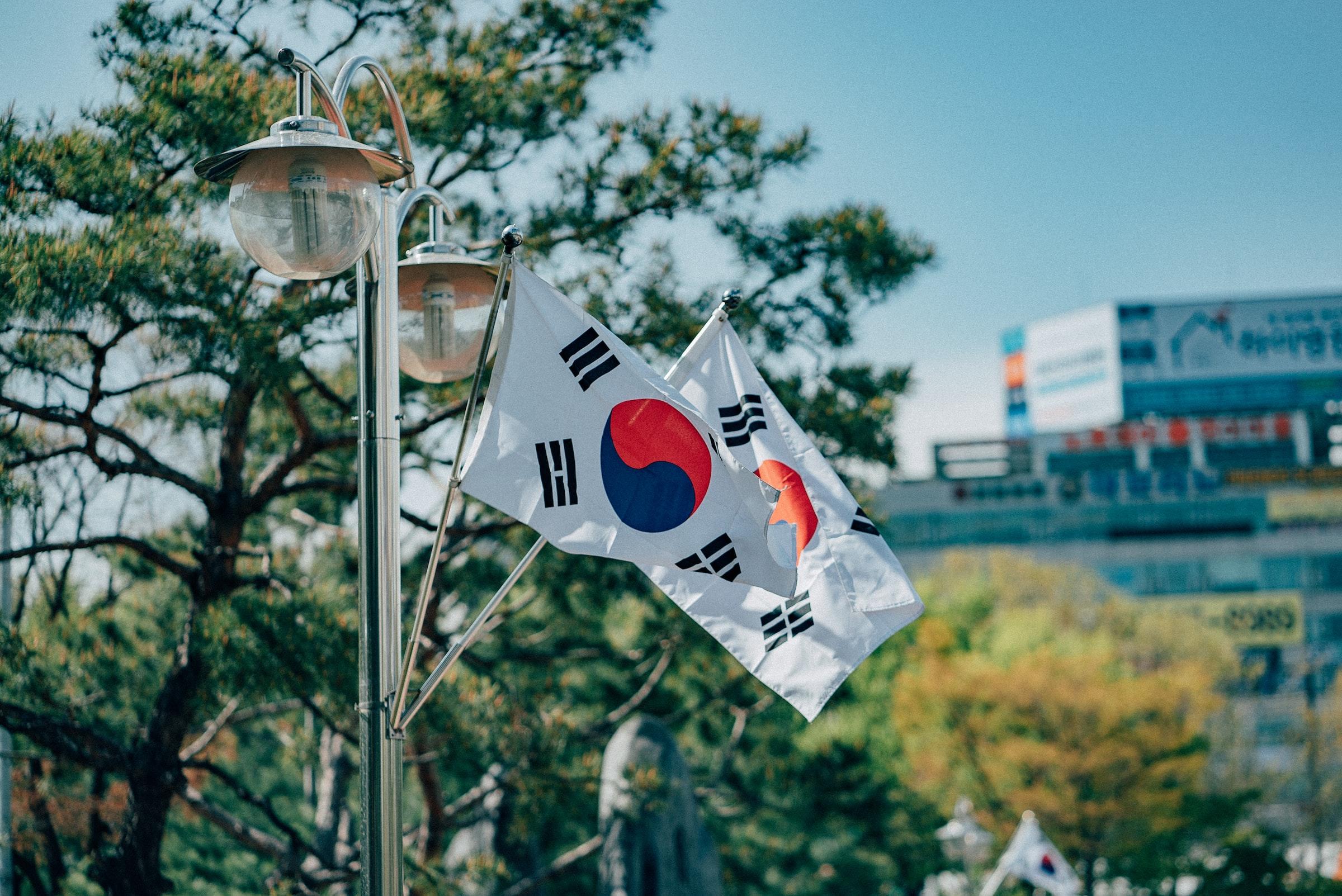"Getting started is half the job done." 시작이 반이다 -Korean Proverb
Whether you want to go to South Korea for a trip or to live there, learning the Korean alphabet is a great idea. By doing so, you'll be able to use the polite formulas that are essential to know. Also, by knowing the alphabet, you'll be able to decipher the city and street names to find your way around.
An additional reason for learning Korean is that, unlike other Asian languages that seem practically impossible to learn, Korean is not a difficult language to learn. In a few hours, the case is closed and you will be able to read your first words in Korean. So why deprive yourself?
It's worth stating that the Korean alphabet is made up of 24 basic letters, which are used to make combinations. Without further ado, in today's article, let's analyse the 24 characters that all Korean learners should master before travelling to South Korea!

What is the History of the Korean Language?

Did you know that the Korean alphabet has a name? It is called Hangeul and was only invented in the 15th century by a group of scholars at the behest of King Sejong; that's quite recent! Also, did you know that Hangul means "the right letters to instruct the people?"
It's worth stating that at the time of Hangul's conception, Chinese characters were being used by the population, the Hanja. The latter was nevertheless complicated and belonged to another culture, which, unfortunately, favoured illiteracy. So, King Sejong ordered the creation of a single Korean alphabet in 1443. After several years of trying, Hangeul was finally implemented in 1446.
Nonetheless, despite all the efforts made by King Sejong to implement Hangul into Korean society, it was banned in 1504 by Sejong's successor, Yeonsangun, and would not be rehabilitated until 1894.
Since the 19th century, Hangul has been instrumental in spreading and allowing South Korea to experience a much better literacy rate.
But, how is Korean Hangul structured? Let's take a look at the following paragraphs!
How is Korean Hangul Structured?
The Korean Hangul consists of 24 basic letters. Very different to Romance languages, Korean, like other Asian tongues, has its letters composed of strokes, Jamo. There are 14 consonants and 10 vowels that make the Hangul Jamo possible. Through these consonants and vowels, it's possible to form compound consonants and vowels. So, once you have retained and assimilated these 24 basic characters, you can do anything!
It's worth stating that Korean isn't as complicated as everything might think. Korean is a simple language in that each character represents a syllable, it is called a syllabic language. Therefore, this makes writing Hangeul simple and easy to learn.
Let's start with the vowels!

What are the Korean Hangul Vowels?
As we've mentioned, there are 10 Korean vowels and they are the following:
- ㅏ is pronounced [a],
- ㅑ is pronounced [ya] as in yak,
- ㅓ is pronounced like an open o, it sounds like [o] like in port
- ㅕdo [yo] as in kiosk,
- ㅗ is pronounced like a closed [ô],
- ㅛ, similarly, does [yô] as in yoda
- ㅜ is the French equivalent of [ou] as in sweet,
- ㅠ, in the extension, is pronounced [you] as in Yugoslavia,
- ㅡ is the most difficult vowel to pronounce because it sounds [eu] but with mouth closed and lips stretched,
- ㅣdo [i] as in prairie.
Now that you're familiar with the 10 vowels of Korean, you can now practice memorizing them and writing the Jamo.
Hot tip for beginners: you should know that Hangeul is always written from top to bottom and from right to left. This is a very important rule to draw the lines that must be respected if you want to learn Korean in the rules of the art.
Before moving on to the study of consonants, it's essential to learn and practice certain words that teach you essential vowels. Here are a few examples:
- 오이: cucumber
- 아이: child
- 여우: fox
Before moving on to consonants, practice writing and memorizing them, you can for example make yourself a small training booklet or "flash cards", which we'll talk about at the end of this article.
What are the Korean Consonants?
There's a total of 14 Korean consonants and they are as follows:
- ㅇ is a silent consonant when placed at the beginning of a word and the end of a syllable it is pronounced [ng],
- ㄱ is pronounced between [gu] and [k] as in cake at the beginning of the syllable and does [k] at the end of the syllable,
- ㄴ is pronounced [n] wherever it is placed,
- ㄷ makes the sound between [d] at the beginning of a syllable, as in date, but instead makes [t] at the end of it,
- ㄹ sounds close to [l] wherever it is placed in the syllable,
- ㅁ is pronounced [m],
- ㅂ makes a sound halfway between [b] and [p] as in beard and is pronounced [p] instead at the end of a syllable,
- ㅅ is pronounced [s], as in smile, but before vowels in [i] (such as ㅣ, ㅑ, ㅕ or ㅛ) then it is pronounced [sh],
- ㅈ makes a sound between [dj] and [tch], as in jean, and makes [t] at the end of the syllable,
- ㅊ makes the [tch] sound like cha-cha-cha,
- ㅋ is pronounced [k] as in koala,
- ㅌ is pronounced [t],
- ㅍ is pronounced [p],
- ㅎ makes the same sound as our [h].
Don't be scared by the seemingly overwhelming amount of Korean consonants, they are quite simple to memorise. There are just two things to consider that could make things more difficult for you:
- One very important thing to know about Korean consonants, which slightly complicates pronunciation, is that they don't sound the same depending on where they are in a syllable.
- The sounds ㄱ, ㄷ, ㅂ and ㅈ are the most difficult to reproduce in our language.
A large number of YouTube videos talk about the subject of how to effectively pronounce Korean consonants.
Also, as was the case when we reviewed Hangul vowels in the preceding paragraphs, there are a few words with simple consonants that help beginners practice. Such as? Take a peek at the following list:
- 도시: city,
- 바다: sea,
- 나라: country.
Congratulations! Now you're familiar with all 24 of the most important consonants, but, as you might have imagined, learning the Korean language does not stop there. How's that? Well, learn about Korean diphthongs in the following subheading.
What are Korean Diphthongs?
If you're like me, you've probably never heard the term diphthongs before. So, how can they be understood?
A trusted dictionary defines diphthongs as "a sound formed by the combination of two vowels in a single syllable, in which the sound begins as one vowel and moves toward another (as in coin, loud, and side )."
That's what diphthongs are in English and it's the identical principle in Korean. Two vowels are put together to produce a more complex sound. It is important to know them to be able to read them.
Though the definition may sound slightly challenging, mastering the diphthongs is done quickly, because you have already seen all the Korean characters, which you will quickly recognize.
The list below features the 13 diphthongs that everyone should know along with their pronunciation:
- ㅑ is pronounced [ya] as in yak,
- ㅕ is pronounced [yo],
- ㅛ is pronounced [yô],
- ㅠ is pronounced [you] as in you,
- ㅖ is pronounced [yé] as in yeti,
- ㅒ is pronounced [yè],
- ㅘ is pronounced [wa/oi],
- ㅙ is pronounced [wé],
- ㅟ is pronounced [wi/oui],
- ㅢ is pronounced [eui].
With the 24 basic characters and these 13 diphthongs, you are now equipped to read a large number of Korean words.
What About Using Flashcards to Memorise Korean Words?

Do you know what "flash cards" are? Most people recognise flashcards as small cards on which you write something that you need to remember. But, have you ever used flashcards when learning a new language? If you haven't, you should most definitely start when learning Korean. But, how?
For example, write on the back of the card one of the characters we have just seen in this article, and, then on the front write out its pronunciation. Create a collection of flashcards and repeat for all Korean characters, tracing the Jamos correctly. Shuffle your cards and draw one at random, this will allow you to question yourself and practice.
It is also possible to use this technique with vocabulary words or even short sentences that you are learning. It's worth stating that the memorization process is faster with "flash cards." We greatly suggest trying them out and you will surely adopt them!
In conclusion, as you have seen throughout this article, Korean is not a language with a complicated alphabet, you can very quickly master Hangul and improve your writing with a little practice!















